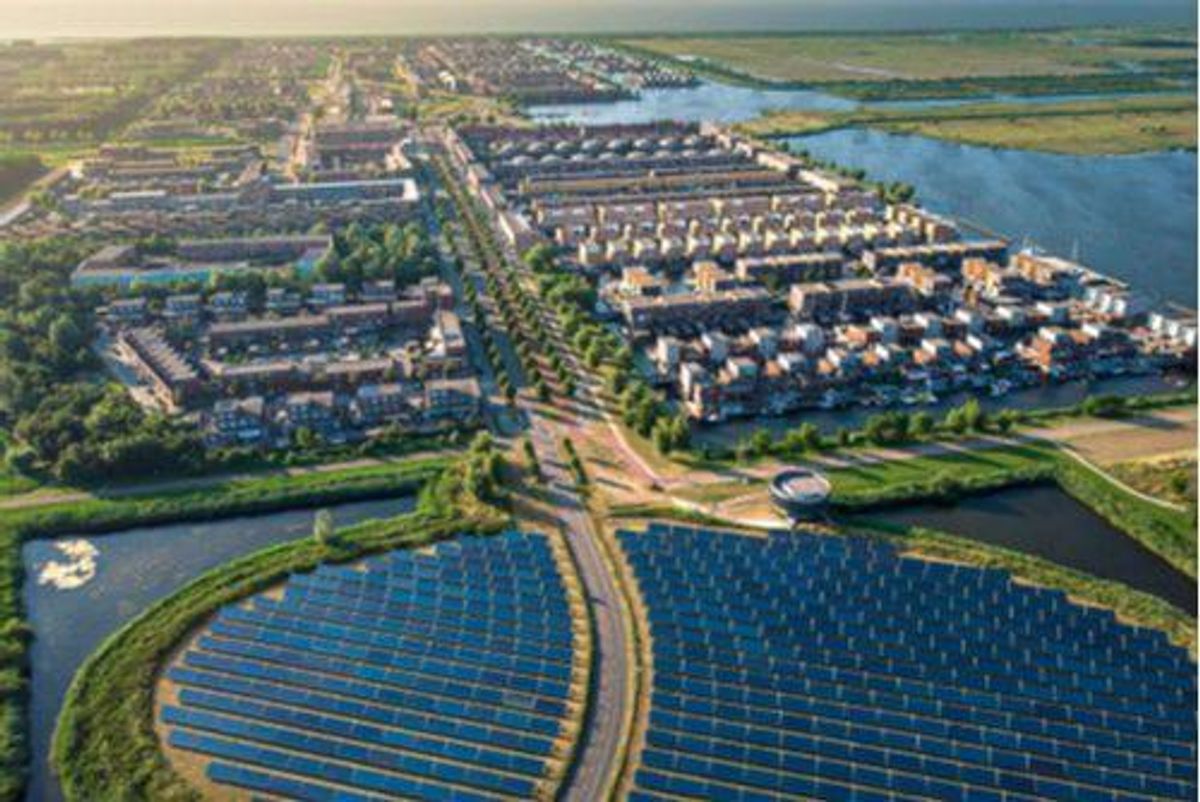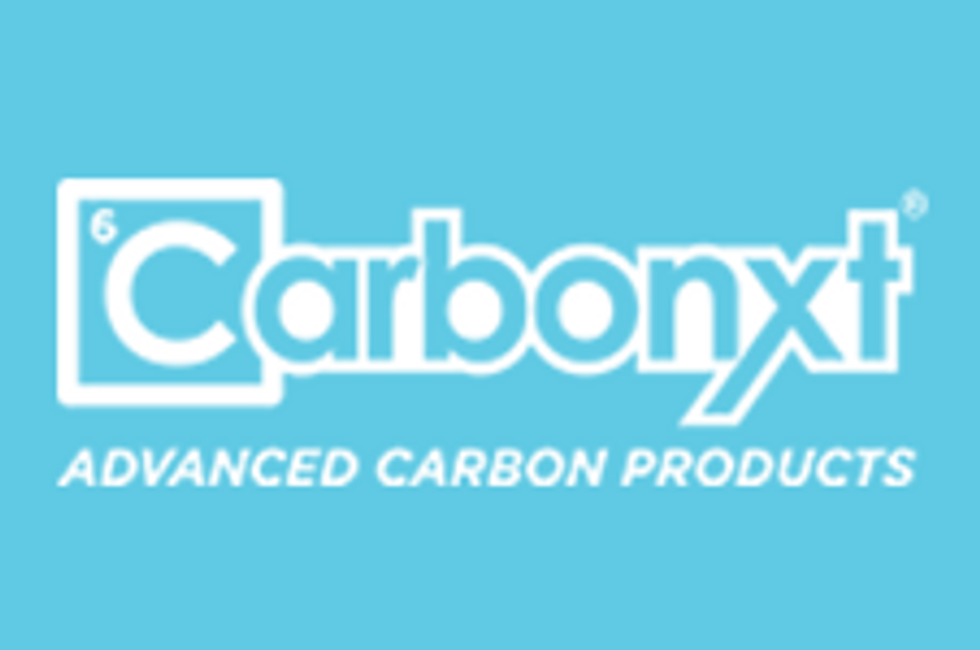Europe’s Evolving Energy Storage Market Needs Batteries
The European Commission has highlighted energy storage as key in the transition towards a carbon-neutral economy. Read on to learn more about this market and what’s ahead for the region.

Interest in energy storage has increased over the past few years as governments around the world look at moving away from fossil fuels and toward cleaner energy sources.
In Europe, the European Commission, which is the executive branch of the European Union (EU), has highlighted energy storage as key in the transition towards a carbon-neutral economy.
Having more energy storage options would allow the region to balance power grids and save surplus energy; it would also help improve energy efficiency and integrate more renewable energy sources into electricity systems. Other reasons to focus on energy storage include creating energy security in the area and setting up an internal market with lower prices for consumers.
Where is Europe at so far in terms of energy storage developments? The Investing News Network (INN) asked experts what the landscape looks like right now and what energy storage systems may gain traction in the future. Here’s what they said.
The energy storage landscape in Europe
The rise of intermittent renewable energy sources like wind and solar power has become one of the main drivers for developing large-scale energy storage options for electricity.
Right now, electricity storage systems include battery, flywheel, compressed air and pumped hydro storage. Pumped hydro storage is the main storage technology in Europe’s electricity system, but the European Commission is expecting batteries to play a far more significant role in the future.
In the medium term, stationary batteries are expected to reach about 10 percent of the battery market, but their role will grow, accounting for over 90 percent of the EU’s energy storage capacity by 2050.
Looking at the current picture, Europe’s storage capacity installation rate slowed by 40 percent year-on-year in 2019, according to the International Energy Agency. Behind-the-meter storage options outshone the sluggish deployment of grid-scale applications, led by Germany, where over 50,000 systems were deployed through 2019 without any subsidies.
Overall, data from Lux Research shows that the UK leads Europe in energy storage projects in operation or under construction, with over 700 MW of capacity. Germany currently trails behind at 460 GW.
“The UK doesn’t benefit from Europe’s connected grid and is installing more renewables, leading to greater energy storage projects,” Chloe Herrera of Lux told INN. “Germany has a more significant number of residential energy storage projects, with countries lagging in energy storage development in Eastern Europe, which has seen slower growth of renewables.”
Comparing the success of the UK with the rest of Europe, George Hilton of IHS Markit pointed out that since it is an island, interconnections are limited and there is greater scope for wholesale price volatility.
“Secondly, decarbonization of the UK grid has been very successful and now intermittent renewables take a significant share of generation,” he said. “And thirdly, National Grid ESO has been particularly proactive in creating new market opportunities for storage.”
Speaking about the main trends seen in the past year in energy storage in the European region, Hilton told INN that a saturation of frequency response markets, especially the FCR, has led developers to begin to look elsewhere for other sources of revenue.
“Capacity markets, transmission and distribution enhancement and wholesale arbitrage are all becoming more important sources of revenue for energy storage in Europe,” he said.
The region has also seen an increasing trend towards solar-plus-storage tenders.
“We saw this first in Portugal, where the storage option was very competitive, and subsequently early forays into procuring solar plus storage have begun in Germany with a successful innovation tender,” Hilton said. “We expect this trend to continue as governments look to more deeply decarbonize the electricity network.”
What to expect from energy storage in Europe
Looking ahead, IHS Markit is expecting annual installations in Europe to quadruple over the next decade.
For its part, Lux estimates that renewables will account for approximately 70 percent of power generation in Europe by 2035, with intermittent renewables like wind and solar accounting for 52 percent of total power generation.
For areas with high renewables penetration — more than 50 percent — energy storage will be most useful in grid-scale power applications such as frequency regulation.
“Europe’s well-connected grid and high electricity prices mean that excess electricity can be exported to areas with lower renewables penetration,” Herrera said. “Residential energy storage is becoming a fast-growing market for areas with high electricity costs.”
Energy storage demand is expected to grow to 50 GWh of cumulative installed capacity in Europe by 2035, with 22 GWh in residential and 23 GWh in utility-scale energy storage, while the commercial and industrial sector only requires 4 GWh, according to Lux’s Herrara.
“Residential energy storage has a much higher demand in Europe than elsewhere globally, spurred on by favorable economics and policy incentives, which resulted in high adoption of rooftop solar panels.”
In terms of batteries, the European Commission has identified batteries as a strategic value chain where the EU must step up investment and innovation to strengthen its strategy for industrial policy. The bloc is also aiming to pursue leadership in the next generation of battery technologies.
Several initiatives have been launched in recent years, including Batteries Europe, which is the European technology and innovation platform of the European Battery Alliance; the Strategic Energy Technology Plan Action 7; BRIDGE projects on batteries; and the BATSTORM project.
Commenting on the biggest barriers for developing energy storage projects, Herrera said that government incentives work, but there is some reluctance to build out larger energy storage projects due to high upfront costs.
“On the utility-scale, front-of-the-meter side, the reluctance can be solved by introducing application stacking, which opens up more revenue streams for asset owners,” she added.
Herrera said safety should be the number one concern for investors. That’s because battery failures can cause severe financial damage to both the battery producers and the project developers.
“Otherwise, cycle life and battery aging are increasingly important, especially when energy storage assets begin application stacking,” she said. “In this case, developers should explore more robust energy storage technologies outside of lithium-ion, such as flow batteries, sodium-ion or metal air batteries.”
A look at vanadium redox flow batteries in Europe
Within flow batteries, one type that has been receiving a lot of attention in recent years is vanadium redox flow batteries (VRFBs).
But even though there is little doubt VRFBs will play a role in the future grid-scale energy storage landscape, the share VRFBs will capture is an open question, said Willis Thomas of CRU Group.
“The best applications of the VRFB in this space are energy shifting and peak shaving, with expected durations above four hours,” he explained to INN. “These are expected to be particular areas of growth in the energy storage landscape to 2025.”
However, Europe has historically been long on announcements and short on physical installations, Thomas continued. “Batteries on the ground in Europe, mainly pilot and demonstration efforts, are few and far between,” he said. “Available statistics from the DOE point to less than 5 MWh of VRFB operation in Europe at the end of last year.”
But will VRFBs replace lithium-ion batteries in energy storage? For Thomas, the choice of battery for individual projects is generally a T-junction, where a decision is made to use one technology or another based on the current techno-economic circumstances.
“Vanadium prices have a strong impact on the VRFB cost, more so than lithium in lithium ion. Therefore, during a vanadium price spike VRFBs can be particularly uncompetitive,” he said. “In vanadium, these price spikes are short lived, but the spikes remain a feature of this mainly by-product commodity.”
The need for longer duration is key to driving VRFB demand as this type of battery can operate more easily than lithium-ion batteries for durations of over four and eight hours.
“It will not take a lot of battery MWh of VRFBs to create a surge in demand due to the small size of the vanadium market (global demand in 2020 was less than 110,000 tonnes of vanadium) and the leverage of vanadium to MWh (about 5 tonnes of vanadium per MWh),” Thomas said.
Challenges and opportunities for investors
One of the biggest challenges for developers to start using VRFBs, or other batteries aside from lithium-ion, is that other technologies don’t yet have a built-out supply chain like lithium ion.
Thomas explained that Europe currently does not meet its own domestic demand for vanadium, as vanadium units (slag and oxide) are traded in from Russia to supply the bulk of European needs. Ferrovanadium and oxides are also imported to fill demand.
“Domestic production in the refining of vanadium-bearing wastes and catalysts is a feature of the European vanadium supply picture, but accounts for a small share of total consumed vanadium in the region. These assets are not generally very price responsive,” he said.
In fact, global extraction of vanadium is concentrated in China, Russia and South Africa, which together make up 96 percent of global production. There is no extraction of vanadium in the EU, as well as no imports or exports of vanadium ores and concentrates.
In the EU, Austria and Germany produce vanadium oxides at about 6,630 tonnes and 110 tonnes, respectively. The EU’s import reliance on vanadium oxides is calculated at 47 percent, according to a study conducted by the European Commission.
Projects to refine vanadium from steel slag and to mine vanadium as a by-product of phosphate or iron ore mines are in development, mainly in the Nordic countries, Thomas explained.
“These are all benefited if there is more demand, but as for so many projects, sustained higher prices are needed to bring their mines to production,” he said. “Sustained higher prices are detrimental to VRFBs though, as these compete against a suite of technologies where costs are always under pressure.”
In terms of vanadium projects to keep an eye out for, Thomas said to pay attention to greenfield projects in the further stages of development, or brownfield projects that can come to market more quickly — those are the most likely to be able to benefit from any surge in demand.
“A focus on both green energy policy support for grid-level storage and the vanadium price are two key focal points for the VRFB right now,” he said.
Additionally, the development of variable renewable electricity generation will be a focal point over time for VRFBs, as it will help electricity generated at a solar farm or wind array be deployed more flexibly.
“The other area where VRFBs may be needed is when variable renewable electricity is paired with green production assets, like a green ammonia plant, which require full-time operation to be commercially successful,” he said. “The variable renewable electricity can be used to charge an array of battery cells, which can be deployed independently to continuously keep the ammonia plant in steady operation.”
Don’t forget to follow us @INN_Resource for real-time news updates!
Securities Disclosure: I, Priscila Barrera, hold no direct investment interest in any company mentioned in this article.
Editorial Disclosure: The Investing News Network does not guarantee the accuracy or thoroughness of the information reported in the interviews it conducts. The opinions expressed in these interviews do not reflect the opinions of the Investing News Network and do not constitute investment advice. All readers are encouraged to perform their own due diligence.





